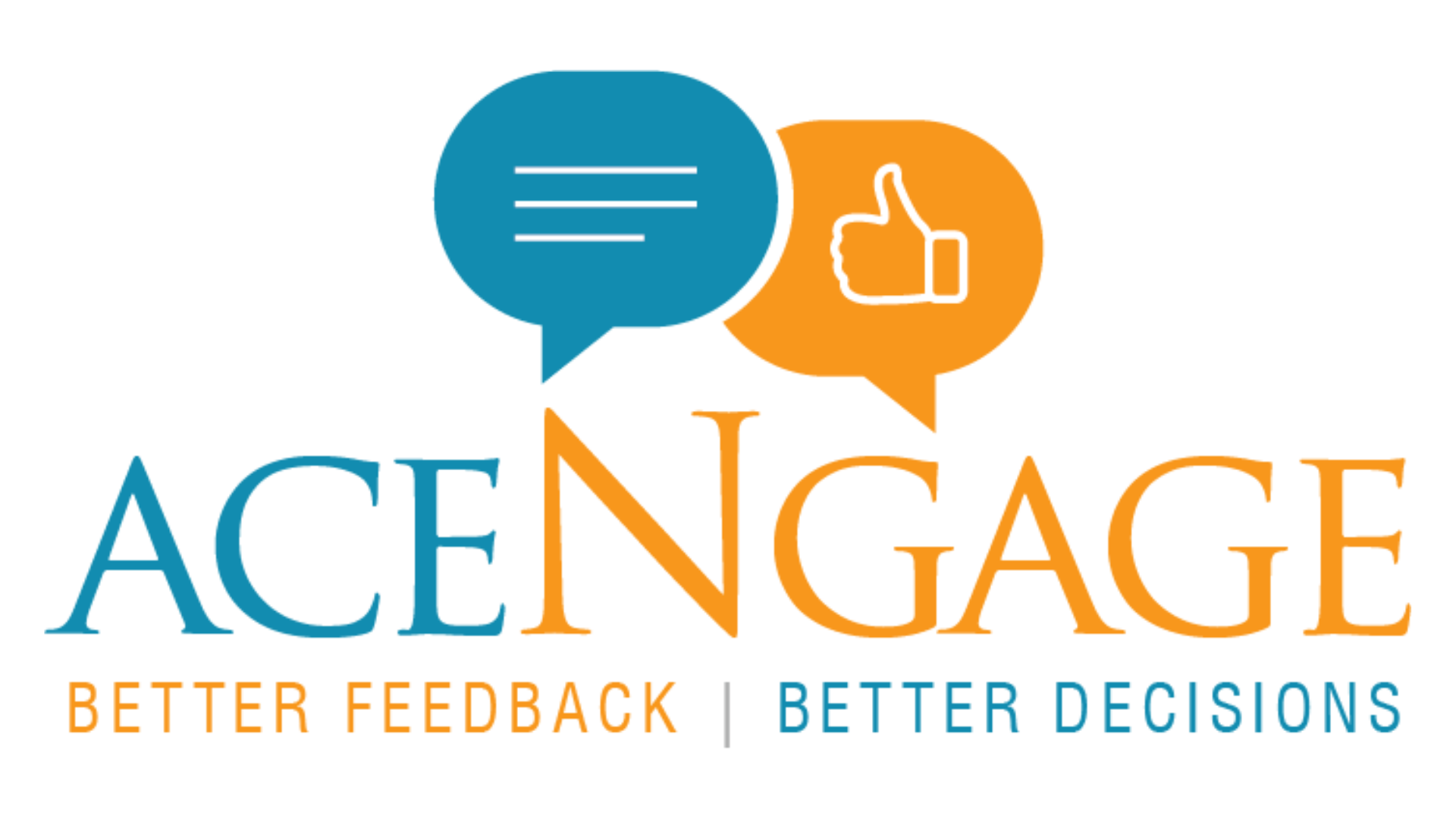Let’s face it, the role of HR in modern organizations has gone beyond just hiring and firing. It’s about creating a workplace where employees feel engaged, valued, and ready to contribute their best. Employee engagement is no longer a nice-to-have but a business imperative. In this post, we will explore 5 proven employee engagement best practices for HR professionals, strategies that can transform a disengaged workforce into a motivated, high-performing team. Trust me, by the time you finish reading this, you’ll have a handful of actionable insights ready to implement.
And hey, don’t we all want our employees to show up to work excited, instead of looking like they’re walking to their dentist appointment? (Yeah, we’ve seen that face!).
Want to know more about Mastering Engagement? Connect with AceNgage | Employee Engagement service providers in India.

1. Cultivate a Culture of Recognition
“People work for money but go the extra mile for recognition, praise, and rewards.” – Dale Carnegie
One of the simplest yet most powerful drivers of employee engagement is recognition. The data speaks for itself. A study by Gallup found that employees who receive regular recognition are 4.6 times more likely to feel engaged at work. Yet, nearly 82% of employees feel their efforts go unnoticed.
Think about it—when was the last time you sincerely thanked a colleague for going above and beyond? Recognition doesn’t have to be elaborate or expensive. Even a well-timed shout-out during a team meeting or a quick thank-you email can make a world of difference.
Case Study:
Take the example of Salesforce. They have a well-known practice called ‘Gong’ where employees hit a gong (yes, an actual gong) when they close a deal or reach a significant milestone. This not only acknowledges individual efforts but also fosters a sense of community. As a result, Salesforce consistently ranks among the best places to work globally.
Question:
When was the last time you recognized someone on your team for their hard work? How did they react? If it’s been a while, make it a point to reach out today. Recognition is free, but its impact is priceless.
2. Encourage Open Communication (And Actually Listen)
Communication is the cornerstone of any relationship, and the workplace is no different. But here’s the kicker—communication is a two-way street. Most HR professionals encourage employees to “speak up,” but are we really listening? According to a study by Harvard Business Review, only 30% of employees feel that their feedback leads to actionable changes.
Now, don’t be that HR professional who asks for suggestions only to ignore them. It’s like asking someone how their day was and not caring about the answer—awkward, right?
Case Study:
Google has mastered the art of open communication. Their bi-weekly “TGIF” meetings (yes, Thank God It’s Friday) give employees a platform to ask questions directly to top leadership. These meetings have fostered a culture of transparency and trust, making Google a powerhouse of innovation.
Let’s not turn our employee feedback sessions into an exercise of “I’ll pretend to listen, you pretend to care.” Seriously, active listening is key!
3. Prioritize Employee Well-being
“To win in the marketplace, you must first win in the workplace.” – Doug Conant, Former CEO of Campbell’s Soup
Employee well-being goes beyond offering a gym membership or free yoga classes. It’s about understanding the holistic needs of your workforce—mental, physical, emotional, and even financial. Research by Deloitte shows that companies with strong well-being programs see a 56% increase in productivity and a 50% decrease in turnover.
Burnout is real, folks! And no, sending a “you okay?” text doesn’t count as mental health support.
Case Study:
At Patagonia, employees are encouraged to take breaks to enjoy the outdoors. Their headquarters even has an onsite daycare and provides flexible schedules. By prioritizing well-being, Patagonia has not only fostered a culture of trust but also enjoys one of the lowest employee turnover rates in the industry.
Question:
Is your current well-being program addressing the real needs of your employees? If you’re not sure, it’s time to ask them. Start with an anonymous survey and watch the insights roll in.
4. Foster Career Development and Growth
Employee engagement is directly tied to career growth opportunities. According to LinkedIn’s Workforce Learning Report, 94% of employees would stay at a company longer if it invested in their learning and development.
Here’s the truth: people don’t quit jobs—they quit stagnation. If your top talent isn’t growing, they’ll eventually look elsewhere for opportunities. Investing in regular training, upskilling, and mentorship programs not only boosts engagement but also benefits the organization as a whole.
Case Study:
IBM has long been a champion of internal mobility. Their “Think40” program encourages employees to spend at least 40 hours a year on learning and development. As a result, IBM not only retains top talent but also fosters innovation across all levels.
Joke:
Look, if your team’s idea of career development is watching another outdated PowerPoint, you’ve got a problem!
5. Build Strong Leadership That Empathizes
“The best leaders are those that understand their employees’ needs.” – Simon Sinek
Engagement starts at the top. Leaders who practice empathy, active listening, and inclusion set the tone for the entire organization. Gallup reports that 70% of employee engagement can be attributed directly to managers. Poor leadership not only affects engagement but also negatively impacts productivity and morale.
Gone are the days of the authoritarian boss who rules with an iron fist. Today’s leaders need to be empathetic, understanding, and—dare I say it—human.
Case Study:
Take Microsoft’s Satya Nadella. Under his empathetic and growth-focused leadership, Microsoft transformed its culture, making employee engagement a top priority. Nadella’s focus on empathy has been one of the driving forces behind Microsoft’s resurgence as a tech leader.
Question:
Are your leaders empowering their teams, or are they micromanaging every move? It might be time to invest in some leadership development programs that prioritize empathy and growth.

Conclusion
Employee engagement is not a one-size-fits-all approach. It requires continuous effort, a willingness to listen, and a commitment to recognizing the human element in your workforce. By implementing these five best practices—recognition, open communication, well-being, career growth, and empathetic leadership—you can create an environment where employees not only thrive but actively contribute to the success of your organization.
Remember, when you focus on your people, the numbers will follow. As Richard Branson famously said, “Take care of your employees, and they’ll take care of your business.”







